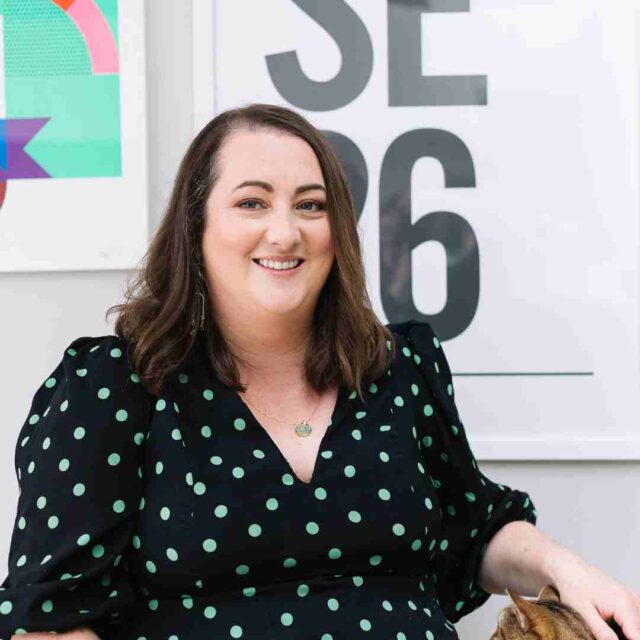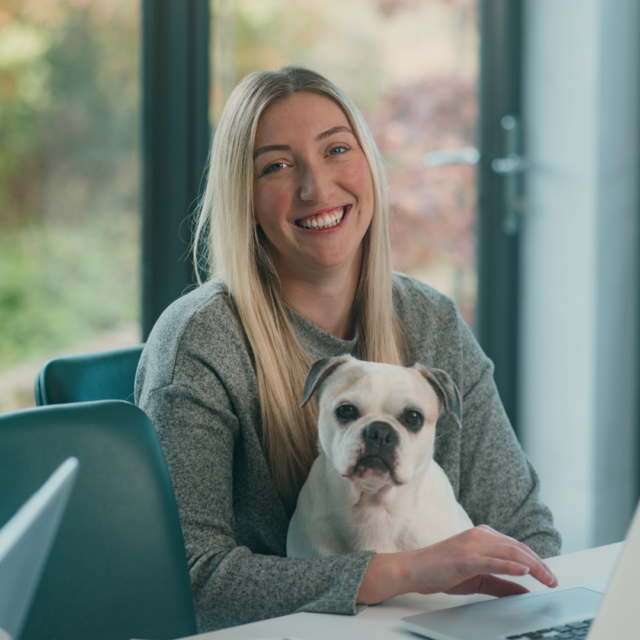Six Steps To Being More Productive
With a lot of people struggling to juggle life, work, homeschooling, side-hustles, relatives and self-care right now, I want to spend episode 26 of The Resilient Retail Game Plan on my six steps to being more productive. I’m a self-professed productivity nerd and am always looking at ways I can tweak and better manage the needs of my business as well as my own.
The best place to start is to be realistic – being productive is as much about how you feel as it is about your business processes and you can’t focus when you’re overwhelmed and anxious.
So, we’ll start by freeing up some mental space by getting your tasks down on paper (or an app) and out of your head, so you can start prioritising tasks by urgency and importance and blocking them out into achievable time slots. We’ll also discuss identifying how you work best and how to work better so you’re firing on all cylinders for those high-focus tasks without the inference of all of today’s modern distractions. And we’ll look at the importance of creating clarity in the following days, weeks and months by planning ahead, being kind to yourself and remaining flexible as things so often change.
No time to listen? Read the episode in this blog post below!
I really love talking about productivity. I’m always looking at ways to tweak how I do things, how I manage my to do list and how I manage my tasks. I also get asked about productivity – a lot – especially at the moment. I’ve lost count of the conversations I’ve had with people about how they are juggling family commitments, homeschooling, running their business, caring for relatives and that obviously makes being productive even more challenging.
If you’re feeling overwhelmed or stuck know that you’re not alone, that pretty much everyone to an extent is feeling like that right now. So – how do you try and manage your to do list and get things done when it all just feels a little bit out of hand – my first tip is you have to be really realistic because how you feel about your to do list will definitely impact how you tackle it.
Step 1 – Download
Empty your head! If you are retaining everything you need to get done in your head and nowhere else it soon becomes an overwhelming mountain of things to do. Start with pen and paper – you can do this anywhere. If you can take a piece of A4 paper fold it in half and fold it in half again. You then have 4 quadrants that you can write A, B, C, and D in each. A can be ‘urgent’, B ‘must be done soon’, C ‘important but not urgent and D is those tasks on your mind but that are ‘not urgent’ in anyway.
Get everything down on that piece of paper – examples for quadrant A could be refund a customer who’s complained or you must get to the post office today. Everything that has to be done this week goes into B- it needs to be done soon. C you save for those important tasks that require a bit more time, perhaps a content strategy. Lastly, D is anything that’s kind of unimportant – it could be something that you should really delegate or not do it at all! Once I’ve got them all down, then you can start tackling the A’s right away
I also use a Trello board – it’s an online tool that helps you organise your to do list or projects – I find it a brilliant way to keep track of my tasks, keep track of who’s doing what and what the progress is for each task. When you’re feeling a little less overwhelmed I really recommend setting up one of these for your business and also your personal life – as right now those two things are more merged than ever.
Step 2 – Plan your time
This is a simple step really but one that gets neglected. Know when you’re going to get stuff done – be really specific and block out time slots for each task. Divide your day into hour or half an hour slots and then the first thing you do each day is not only work out which tasks you’re going to do but when you’re going to do them.
Even for checking your emails – block out time to do that otherwise you’ll find yourself using up hours of your day just on that one task. You can then start to adapt this to a weekly ‘to do list’ and map out your whole week every Sunday night or Monday morning.
When you do this – you quickly identify what’s realistic for your week and then you can make a plan for those things you don’t have time to do straight away. It also forces you to be specific about your tasks and time, whilst helping you identifying what tasks deserve that extra time and which ones don’t!
Step 3 – Know your style
How do you work best? This is really key when it comes to thinking about your productivity. I appreciate that right now we don’t all have the luxury to structure our days exactly as we wish but still try to optimise the time of day that you work well.
Think about if you are more focussed in the morning or afternoon and plan your tasks around that, those tasks that require concentration and attention schedule for the time of day you’re most focused. You can leave the less demanding tasks to the other part of the day – or schedule your break for then.
Step 4 – Focus
You’ve decided what you’re going to do and when – now you have to focus during that time. It might be that you only spend 20-25 minutes on a task so make sure you eliminate distractions – turn off your notifications, close down your email. I used a kitchen timer – I love it! I try and work in blocks of 15 minutes and then take a 10 minute break. I know that I only have 15 minutes so it really helps me focus on the task and nothing else.
My kids even tell me now they can tell when I’m working because they can hear the timer ticking – so it stops them disturbing me too – win win!
Step 5 – Plan ahead
I guess this is a continuation of Step 3 – taking that planning a bit further. Take your calendar and block it out, looking at a week at a time and remember you can block out the time you need to do this planning. I give myself some time every Friday to plan the following week – that way I start Monday being able to crack on first thing because my planning and preparation is already complete.
The most important thing really is that you have that clarity of mind so that when you start the next day you can just get on with it, as opposed to lots of head scratching, or having to do another brain dump just to work out what you’re going to do that day.
Step 6 – Be flexible
My final tip for being productive is you have to be flexible and you have to be kind to yourself. It’s okay to switch things around – life happens and changes need to be made – but if you already have your plan, your tasks and timings block out in your diary being flexible is actually easier.
One thing that we’ve all learned is that life is going to have its own plans so be kind to yourself, and be realistic. These are the two of the best ways I think you can do to be productive. Don’t worry about whether or not you think you should be able to do more – just be realistic about what you can do. Remember that as a small business owner your energy and your ability to show up every day, show your customers what great products you have and to then sell them – that is key so you have to protect that energy.







